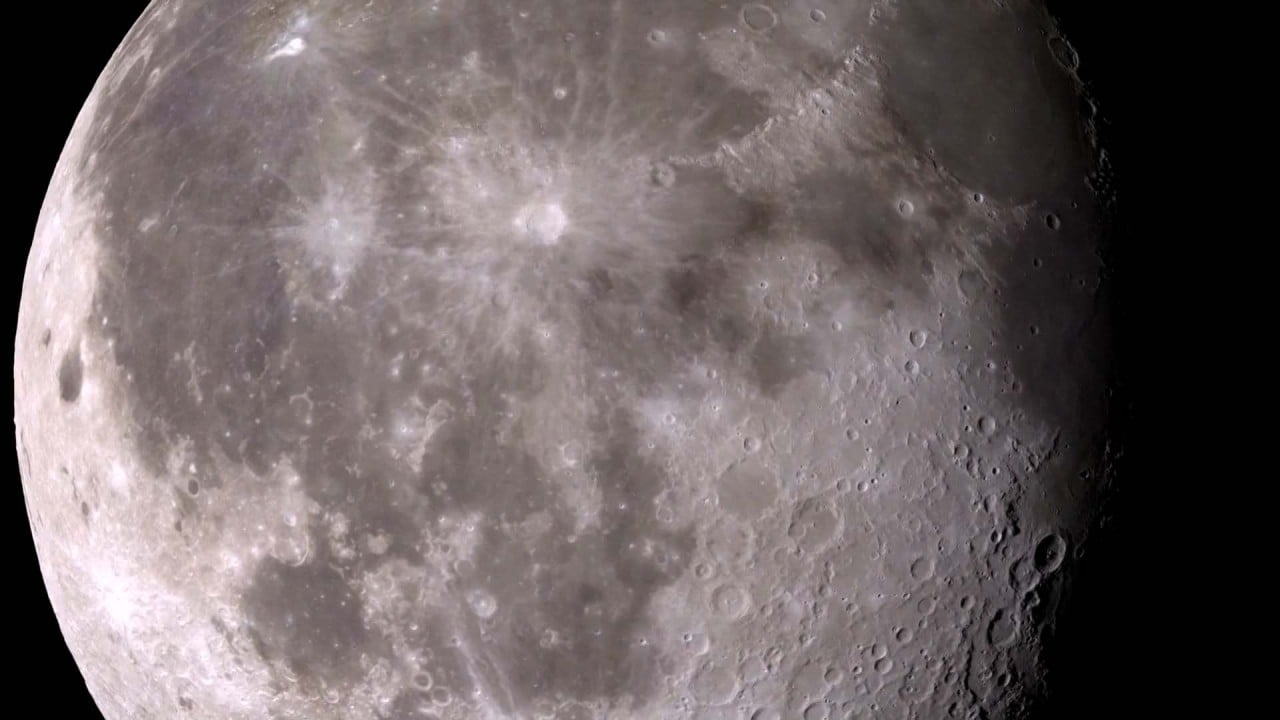
China launches road map to explore solar system, including steps towards creating space-age tech to mine and use water ice
- Plan includes steps to mine and use mineral resources beyond Earth and placing nodes at gravitational points between the sun, moon and planets
- Around 122 asteroids near Earth are economically suitable for mining and use, says project scientist Wang Wei
Wang said that with the rapid advancement of space technologies, the economic exploitation of space resources could soon go from the Earth-moon system to deep space and could play a key role in economic competition between nations.
Their initiative – named after Ming dynasty scientist Song Yingxing’s work Tiangong Kaiwu, or The Exploitation of the Works of Nature – will boost the global space economy and help China leapfrog developments, Wang told a Chinese Society of Astronautics meeting in Beijing on August 19.
“Just like the miracles created in the great age of navigation, a ‘great space age’ featuring the use of space resources will … create the next miracles in human history and bring new prosperity to our civilisation,” he said, according to the state-owned China Space News.
Wang, who is a navigation and gyroscopes expert and an academician of the Chinese Academy of Sciences, says the plan involves using gravitationally-balanced regions between celestial bodies – such as planets, the moon and the sun – as nodes to expand, step by step.
In the past three years, Wang and his team had examined the overall feasibility and key technologies involved in the best use of deep space resources, China Space News reported.
Their plan, which was presented by Wang at the meeting, included building facilities to use water ice on the moon as well as on near-Earth asteroids, Mars, main-belt asteroids and the moons of Jupiter, to eventually form a resupply system across the solar system.
Such facilities could be placed, for instance, at the gravitationally stable Lagrange points 1 and 2 between Earth and the moon and at points between the sun and each of Earth, Mars and Jupiter, according to the plan.
Besides resupply systems, infrastructure such as resources transport routes and extraterrestrial mining and processing stations would be built to allow large-scale, commercial operations, said Wang.
Wang said that to complete the system it was necessary to create technologies related to the mining and processing of space resources, flight-based transport and low-cost resources return, among others, with deadlines between 2035 and 2100.
“Among the 1.3 million asteroids in our solar system … about 700 are relatively close to Earth and estimated to be worth over US$100 trillion dollars each. Taking technical feasibility and cost-effectiveness into consideration, 122 of them are economically suitable for mining and use,” the China Space Daily article wrote.
China plans to launch its robotic probe Tianwen-2 in 2025 to collect samples from a near-Earth asteroid named 2016 HO3, and deliver the material back to Earth.
In 2026, China’s Chang’e-7 spacecraft is expected to land at the moon’s south pole to look for water ice. If found, it could be purified as drinking water, converted into oxygen and used as fuel to support the long-term stay of astronauts.
A number of Chinese companies, including the Nanjing-based start-up Origin Space, have also joined the push to develop space mining technologies.



